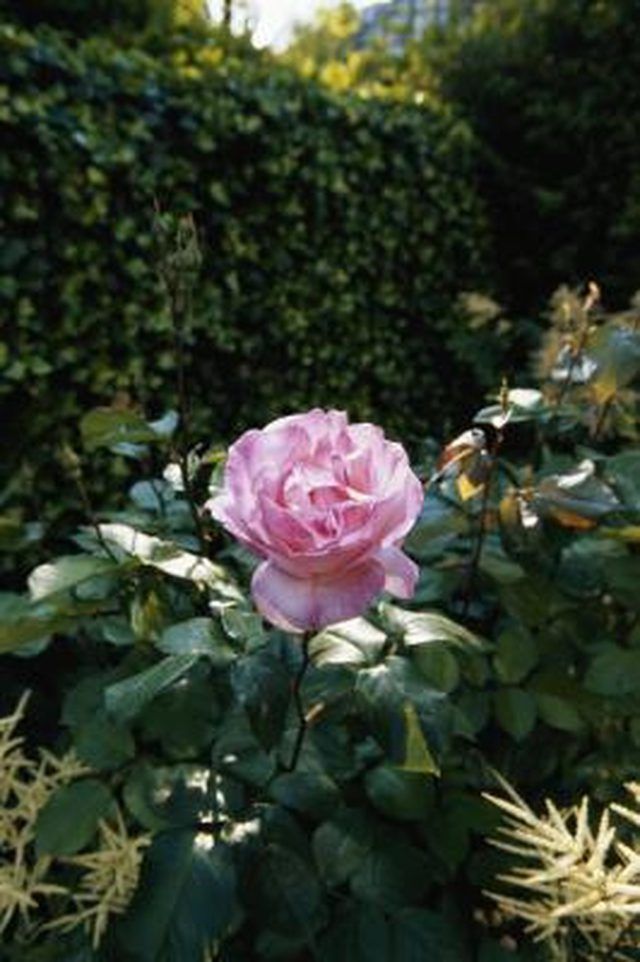Bulbs
Flower Basics
Flower Beds & Specialty Gardens
Flower Garden
Garden Furniture
Garden Gnomes
Garden Seeds
Garden Sheds
Garden Statues
Garden Tools & Supplies
Gardening Basics
Green & Organic
Groundcovers & Vines
Growing Annuals
Growing Basil
Growing Beans
Growing Berries
Growing Blueberries
Growing Cactus
Growing Corn
Growing Cotton
Growing Edibles
Growing Flowers
Growing Garlic
Growing Grapes
Growing Grass
Growing Herbs
Growing Jasmine
Growing Mint
Growing Mushrooms
Orchids
Growing Peanuts
Growing Perennials
Growing Plants
Growing Rosemary
Growing Roses
Growing Strawberries
Growing Sunflowers
Growing Thyme
Growing Tomatoes
Growing Tulips
Growing Vegetables
Herb Basics
Herb Garden
Indoor Growing
Landscaping Basics
Landscaping Patios
Landscaping Plants
Landscaping Shrubs
Landscaping Trees
Landscaping Walks & Pathways
Lawn Basics
Lawn Maintenance
Lawn Mowers
Lawn Ornaments
Lawn Planting
Lawn Tools
Outdoor Growing
Overall Landscape Planning
Pests, Weeds & Problems
Plant Basics
Rock Garden
Rose Garden
Shrubs
Soil
Specialty Gardens
Trees
Vegetable Garden
Yard Maintenance
Do Roses Need Full Sun?
Do Roses Need Full Sun?. As a general rule, roses should be planted where they get six hours of full sunlight every day. If full sunlight isn't possible, roses will still perform well if they are planted in areas that get only morning sun.

As a general rule, roses should be planted where they get six hours of full sunlight every day. If full sunlight isn't possible, roses will still perform well if they are planted in areas that get only morning sun.
Photosynthesis
Photosynthesis is the plant's way of trapping the light from the sun by storing it in the choroplast cells of its leaves. The rose uses the energy of the sunlight to turn carbon dioxide and moisture in its leaves into sugars. The sugars make cellulose, which feeds and strengthens the cell walls of the plant.
Benefits
Sunshine ensures that photosynthesis takes place, feeding the rose the necessary sugars it needs. Roses planted away from the shade of tree canopies and tall, competing hedges and shrubbery are ensured good air circulation. Morning sunlight is preferable when a full six hours isn't possible as it will dry out the morning dew, strengthening the plant's disease resistance.
Shade-Tolerant Roses
In areas where the rose may only get dappled shade, choose cultivars that are known to be more shade-tolerant than most. Some shade-tolerant cultivars include Alain Blanchard, Felicite Parmentier, Dagmar Hastrup, Complicata and Fantin Latour.